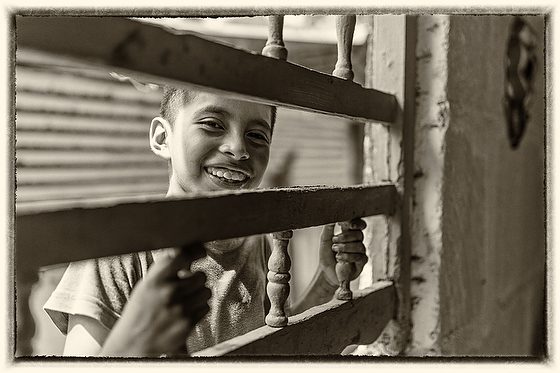| Nikon D5, Sigma 35mm ƒ/1.4 DG Art, ISO 100, ƒ/1.4, 1/500 |
When we need to go out and eat as a family, I often don’t care where to eat, so I ask the family where. Over the years, I have learned that it is easier to get a response if I first pick a place. After that, it is easier for people to say yes or no to that suggestion. They can then offer other advice.
However, if I ask where you want to go can be very frustrating. Too many options and the rest of the family is also tired. They don’t want to have to think about all the choices.
 |
| Nikon D5, Sigma 35mm ƒ/1.4 DG Art, ISO 100, ƒ/4, 1/200 |
This past week along with James Dockery, editor at ESPN, and Jeff Raymond, media missionary with ABWE, we were training 11 workshop participants on Storytelling using multimedia.
We taught them the storyline here:
After the first day, we asked them a couple of questions.
- Who is the Audience?
- What is the problem?
- What is the solution?
Most everyone struggled because they were not so focused and looking for those answers. Instead, they just listened to whatever the subject said to their list of questions. They didn’t understand that the purpose of asking questions during an interview is to gain insight and help clarify the storyline.
 |
| Nikon D5, Sigma 24-105mm f/4 DG OS HSM Art Lens, ISO 4500, ƒ/4, 1/100 |
Direct vs. Indirect
- Direct – (definition) aim (something) in a particular direction or a specific person.
- Indirect – (definition) not in a direct course or path; deviating from a straight line; roundabout:
You’ll never have it if you don’t go after what you want. If you don’t ask, the answer’s always no. If you don’t step forward, you’re always in the same place.
We were having a real problem getting each workshop participant to understand they need to take charge and that this is their project. However, by the end of the week, they were taking control. They had to do this, or their project would fall apart.
Once they could answer those basic questions, they could review all the content they had gathered and eliminate anything that didn’t answer those questions. Then they just cut out good content to keep only the great content.
Call To ACTION!!
The whole point of all the stories last week was to help those we covered to get people to help them. We were not just creating stories that had happened and were entertaining. We were telling a story to help set up a problem that the audience would help in completing the level.
Compare this CALL TO ACTION to the Storyline. You will notice they are very similar. The audience needs to know what you are asking them to do with your story. They need to know what you want them to do and how they can help.
In a nutshell, you must not only identify each of the parts but also help connect those dots. If you do this in the story and at the end of the presentation, you should have a CALL TO ACTION that asks the audience if you will help.
 |
| Nikon D5, Sigma 35mm ƒ/1.4 DG Art, ISO 100, ƒ/1.4, 1/3200 |
If you won’t be specific, the audience doesn’t know why they see a baby in the crib and what you are trying to say. With no ask, then you have a piece of entertainment.
In business, we call this the closing of the sale. Closing differs from standard practices such as explaining a product’s benefits or justifying an expense. Instead, it is a more artful means of persuasion.
You are successful as a storyteller for a nonprofit only if you help them by raising funds or getting people to donate their time.




